Three main ways to approach your personal yoga practice (and your yoga classes)
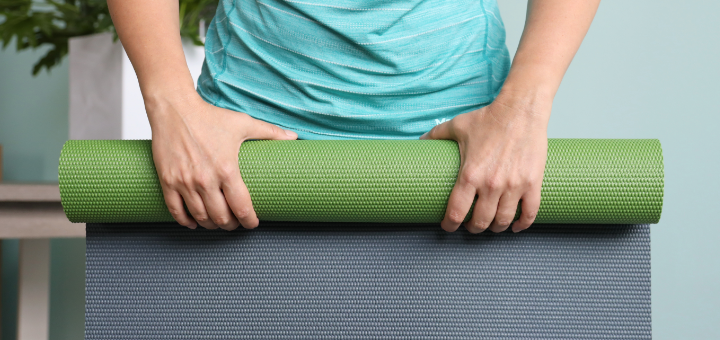
Recently, I received a lovely email from a regular blog reader. She brought up a very important point that is relevant to all yoga practitioners. Here is what she said: “Following your videos and reading your posts, I began slowly but steadily building an understanding of how sequences are designed depending on the desired effect, learning about compensatory poses, etc. Yet I can’t find any information on the sequence of sequences. I am left to my own devices here.” The question that the author raises has to do with structuring one’s own personal practice – which practices should we choose? How often should we do them? Do we attend to our needs in the moment or do we need a long-term strategy? Let’s take a look at it today.
I believe that there are three main ways to approach your personal yoga practice (and you can apply the same strategies to structuring your yoga classes as well). Let’s explore the pros and cons of each approach.
Approach 1: Zooming in (by attending to whatever you have going on today)
In terms of personal yoga practice, this approach means closing your eyes, checking in with yourself, and identifying an issue that seems the most pressing today, whether it is a physical, energetic, or emotional one. Once you identify your priority, you then choose (or create) a yoga practice that addresses that particular concern. This is why I structured our Home Yoga Practice app the way I did – to give you a chance to check in first and then make a conscious choice of the practice.
In terms of teaching classes, this means asking your students for their requests or setting up and articulating your own agenda, as in “Today we will be working with neck and upper back tension,” for example. In the course of the class, you would consistently bring their attention to your area of focus and ask them to evaluate their sensations in the area at the beginning and the end of the practice to note if any change took place.
Pros of this approach: You make your yoga practice relevant and targeted to your (or your students’) specific needs. This can prevent issues from festering, and it helps you feel empowered to tackle whatever challenges come up. This type of approach doesn’t just help your body and mind, but it also encourages an “I can deal with it” attitude, which is essential to help us feel in charge of our circumstances. It can also give you confidence that whatever happens in the future, you will be able to handle it.
Cons of this approach: You might get pulled in different directions from day to day while attending to more pressing issues; an approach like that does not facilitate deeper transformation. You might end up chasing your symptoms but never arrive at addressing deeper underlying issues that cause those symptoms.
This is the approach that you would ALWAYS begin with when you work with yoga students one-on-one.
Approach 2: Systematic overview (by methodically covering a particular broader theme)
In terms of personal yoga practice, this means making a conscious choice to work with your body, energy, or mind in a systematic manner. For example, you can start by working with your neck, then move on to your shoulders, then your upper back, lower back, and so on. You will end up making a round of the entire body over 2-3 weeks and then restart the process. This type of approach doesn’t need to be body-centered – you can do the same thing by working with chakras, for example, making your way from the root to the crown chakra, or you can consistently explore different pranayama techniques, and so on.
In terms of teaching classes, this means creating miniseries around specific broad topics. Whether or not you call them series, you end up creating continuity by grouping several classes around the same topic and exploring that topic from different angles. That topic might not be a main priority for your students, but any human being would benefit from learning about it and experiencing those practices.
Pros of this approach: This approach is very beneficial for working on general health and wellness. It gives you exposure to practices that you might have never tried on your own, expanding your horizons both knowledge-wise and experience-wise. It can be a great jump-off point for further, deeper exploration.
Cons of that approach: Since it explores more general topics without diving deep into any one issue, students tend to be less invested in the outcome. It has more of a sense of a tasting buffet where you get a little bit of everything over time. Your practice is less likely to become truly personal and necessary for your well-being.
This is the approach that lends itself best to general yoga classes.
Approach 3: Transformation potential (by going deeper)
In terms of personal yoga practice, in this approach, you are primarily focused on the idea of personal transformation. It encourages you to take a look at the bigger picture – Where are you in your life? Where are you going? What kind of obstacles are getting in your way, and how can you overcome them? In this approach, you pick a particular yoga practice and stick with it for a while (months, sometimes years). It is best if this practice was developed specifically for you by your yoga teacher, or you can pick one that resonates with you the most. Those are the practices that usually involve introspection, energy work, meditation, and so on – they impact you on a deeper level. As you do the same practice day after day, month after month (with full attention), you begin to understand and unpack different aspects of your experience and begin to change your reactions and perceptions. This is much deeper work, but it’s also more meaningful. This is what yoga was meant to be.
This kind of work is not really possible in the context of a yoga class because it is highly individual. You can insert snippets of it into your yoga classes in the form of integrative yoga practices. In integrative yoga classes, you can explore general themes or ideas (for example, gratitude, mental clarity, stability, vitality, and so on), but it would be up to each student to apply that theme to what’s happening in her personal life. This approach is much more effective in one-on-one work with a qualified yoga teacher, who serves as a guide along this process, fine-tunes your practice to your life, illuminates your blind spots, and helps you weather the highs and lows along the way.
Pros of this approach: This is what the deep work of yoga is all about. By definition, yoga is meant to help you settle your mental chatter and see yourself for who you are and reality for what it is. Our ideas, perceptions, and past experiences constantly get in the way of that, but through the process of transformational yoga practice, we can let go of our biggest attachments and get some clarity. This is the most meaningful approach to yoga practice.
Cons of this approach: This kind of work is very deep and potentially profound – it is not for everybody. The very first sutra states: “Now (if you are ready) is set forth the authoritative teaching of yoga.” If you are ready is a very important piece. If we are not ready, we cannot drag ourselves or our students kicking and screaming into those depths; it’s counterproductive. But we can let them know that it’s out there for them when they are ready.
This approach is the most meaningful one for personal yoga practice, but only if you choose to go there.
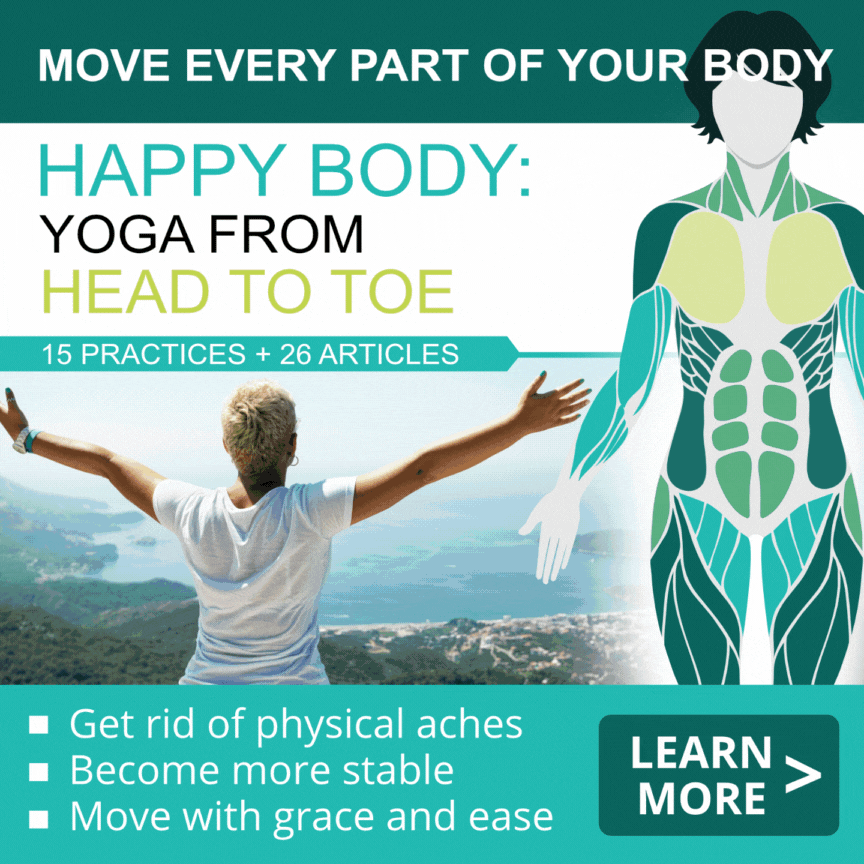
Would you like to take a deep dive into a specific layer of your system (physical, physiological, or mental-emotional)? Check out our education yoga series which include videos of multiple yoga practices and in-depth articles with reasoning for choosing those practices.

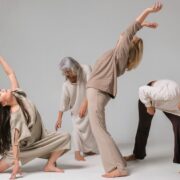
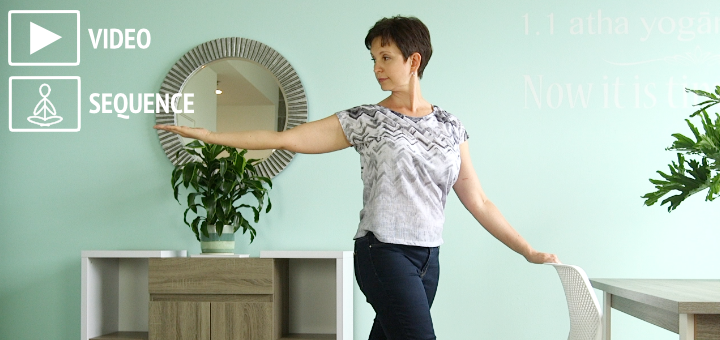
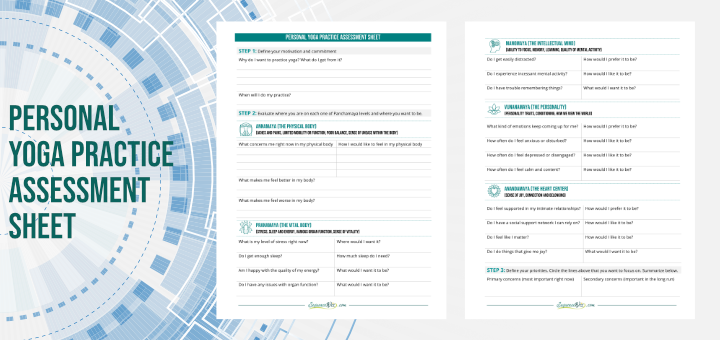

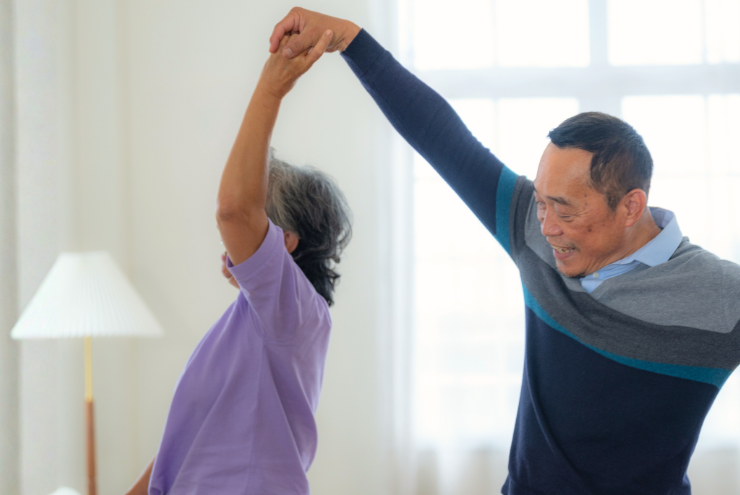
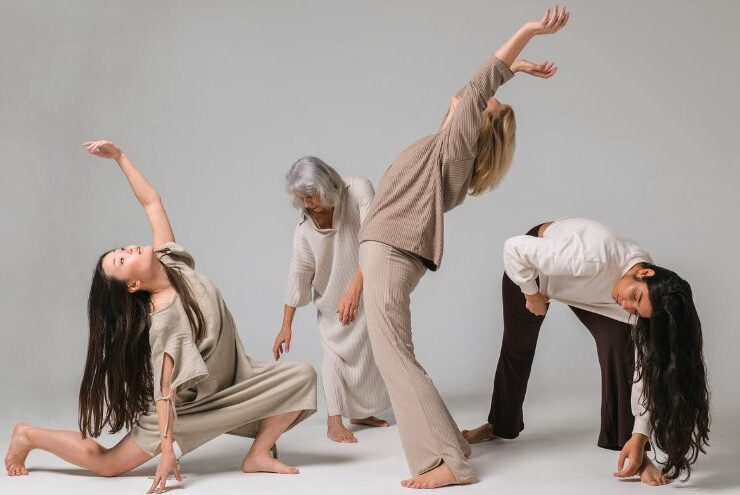



Great perspective and very informative. Thank you.
So informative, enlightening, and helpful as always, Olga. Thank you for sharing from your teaching experiences. I love hearing your approach because I’ve learned so much from what you share with your yoga community. Much gratitude and light.
Thank you Bea, it’s so great to hear!